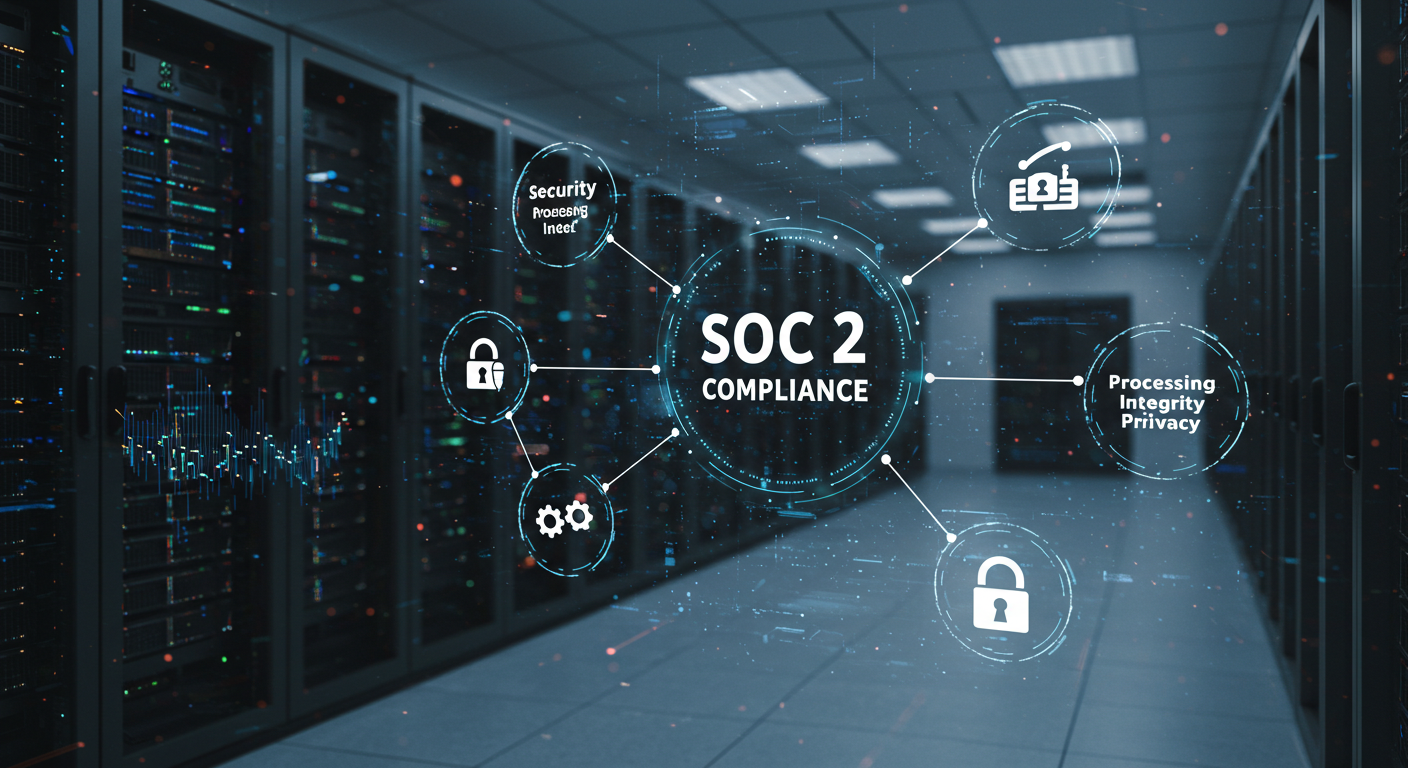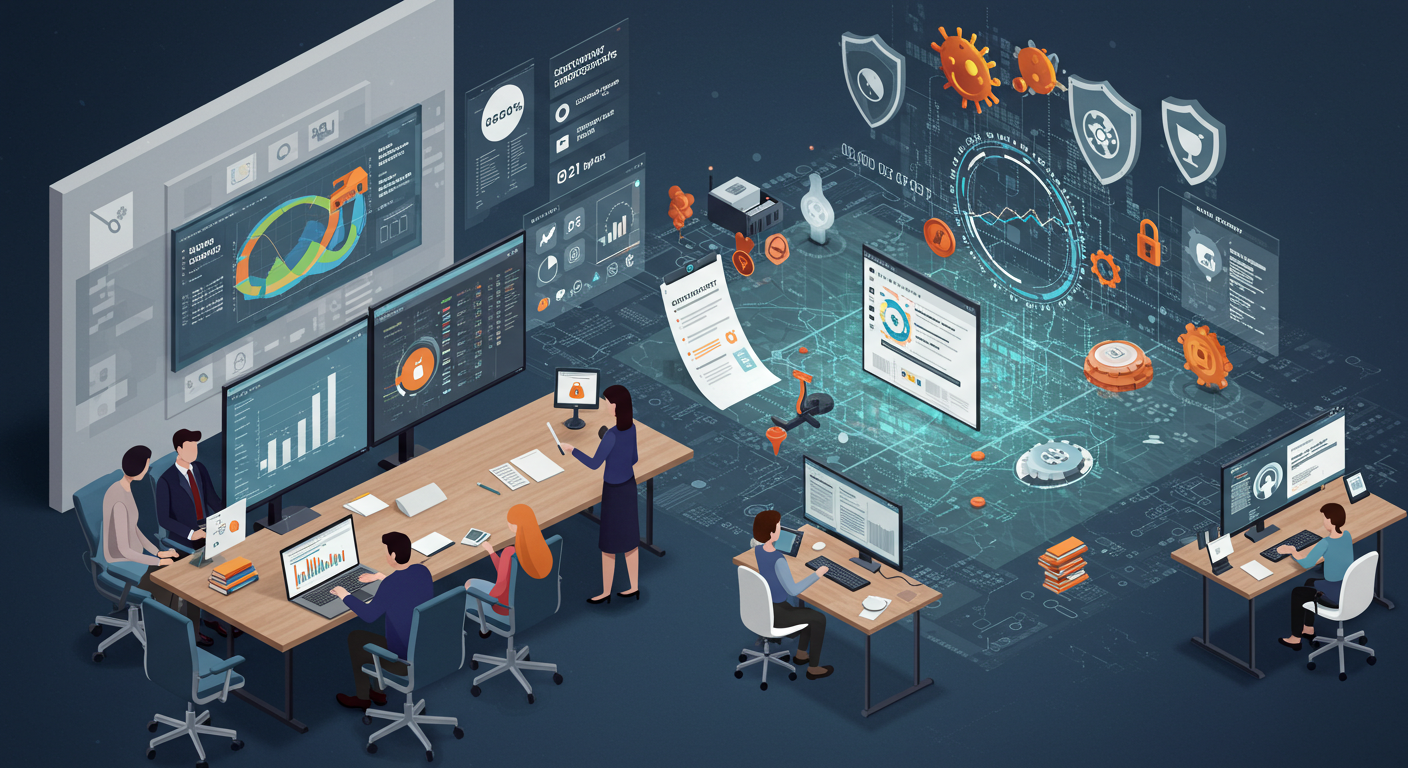Introduction
The last decade has witnessed an alarming escalation in cybersecurity breaches within the healthcare sector, underscoring the critical need for enhanced security measures. In 2010, breaches impacted 5.9 million people, but by 2023, this number had skyrocketed to 95 million, emphasizing the urgent necessity for robust cybersecurity measures to protect sensitive patient information and ensure uninterrupted care delivery. The 15 Biggest Healthcare Data Breaches of 2023 (So Far)
The Evolution of Cyber Threats in Healthcare
Healthcare organizations, from small, independent practitioners to large, integrated health systems, are increasingly reliant on connected, networked systems and health information technology that provide critical life-saving functions. However, the integration of wireless technologies has left these systems more vulnerable to cyber-attacks. Recent highly publicized ransomware attacks on hospitals have necessitated diverting patients to other hospitals and led to an inability to access patient records to continue care delivery. Such cyber-attacks can also expose sensitive patient information and lead to substantial financial costs to regain control of hospital systems and patient data.
The Impact of Cybersecurity Breaches
The consequences of these breaches are multifaceted, affecting not only the integrity of patient data but also patient safety and the continuity of care delivery. Cyber Safety is synonymous with Patient Safety! The healthcare industry must prioritize cybersecurity and make the appropriate investments needed to protect its patients. Like combatting a deadly virus, cybersecurity requires the mobilization and coordination of resources across a myriad of public and private stakeholders, including hospitals, IT vendors, medical device manufacturers, and governments at all levels to mitigate the risks and minimize the impacts of a cyber-attack.
A Shared Responsibility
Cybersecurity is not solely an IT issue; it is an enterprise issue with impacts to mission, business, and programs. It is fundamentally about patient safety and uninterrupted care delivery. It is a shared responsibility, requiring a team effort from all stakeholders involved in the healthcare sector.
The Role of the Department of Health & Human Services (HHS)
The Department of Health & Human Services (HHS), as the Sector Risk Management Agency (SMRA), plays a pivotal role in enhancing the safety, resilience, and security of the healthcare sector. The HHS Cybersecurity Program, through the Office of Information Security, has invested in major initiatives and partnerships, such as the HHS 405(d) – Aligning Healthcare Industry Security Approaches Program and the Health Sector Cybersecurity Coordination Center (HC3), to serve the needs of the sector.
HHS 405(d) Program
In response to the Cybersecurity Act of 2015, Section 405(d), HHS, in partnership with the industry, established the 405(d) Aligning Healthcare Security Approaches Program. This program is designed to be the leading collaboration center of the Office of the Chief Information Officer/Office of Information Security, providing the healthcare and public health (HPH) sector with impactful resources, products, and tools that help raise awareness and provide vetted cybersecurity practices.
Health Industry Cybersecurity Practices: Managing Threats and Protecting Patients (HICP)
The HICP, the primary publication of the Cybersecurity Act of 2015, Section 405(d) Task Group, aims to raise awareness, provide vetted cybersecurity practices, and move organizations towards consistency in mitigating the current most pertinent cybersecurity threats to the sector. It examines cybersecurity threats and vulnerabilities that affect the healthcare industry and presents practices to mitigate those threats.
Health Sector Cybersecurity Coordination Center (HC3)
The HC3 supports the defense of the healthcare and public health sector’s information technology infrastructure by cultivating cybersecurity resilience and fostering sector collaboration and partnerships. It develops education and mitigation resources to advance the agency’s efforts to coordinate and share information within the sector.
The Path Forward
Given the increasingly sophisticated and widespread nature of cyber-attacks, it is imperative for the healthcare industry to remain vigilant and proactive in its approach to cybersecurity. The sector must continue to leverage the resources and support provided by entities such as the HHS and HC3 to enhance its cybersecurity posture.
Conclusion
The escalation in cybersecurity breaches in the healthcare sector from 2010 to 2023 underscores the critical need for enhanced cybersecurity measures to protect sensitive patient information and ensure the continuity of care delivery. The healthcare industry must make cybersecurity a priority, invest in robust cybersecurity measures, and collaborate with various stakeholders to mitigate the risks and impacts of cyber-attacks. Cyber Safety is Patient Safety, and the protection of patient information and uninterrupted care delivery must be at the forefront of the healthcare sector’s cybersecurity efforts.







